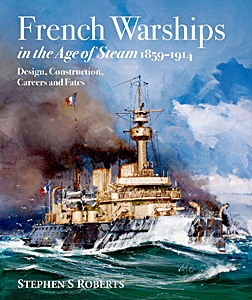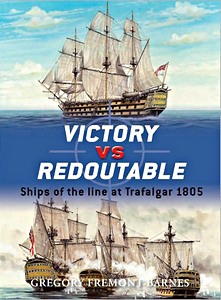L'Hermione - l'aventure de sa reconstruction
Le frégate français l'Hermione de 1779 devint célèbre en transportant le général La Fayette aux États-Unis en 1780 pour lui permettre de rejoindre le camp américain dans la guerre d'Indépendance américaine.
En 2014 une réplique de l'Hermione, reconstruite par l'association Hermione-La Fayette dans l'ancien Arsenal de Rochefort à partir de 1997, est lancée en eaux salées.
Ce livre très documenté, avec des images d'archives inédites, retrace l'aventure de la reconstruction de l'Hermione, de l'ouverture du chantier aux premières mises à l'eau. C'est une vraie mine d'information sur les bois, l'architecture, la conception et la reconstruction de la frégate. On y raconte aussi les sorties en mer de l'Hermione, la vie à bord, et les anecdotes de voyage !
Caractéristiques
| Auteur : | Jean-Marie Ballu |
|---|---|
| Présentation : | 192 pages, 24.5 x 17 x 1.4 cm, broché |
| Illustration : | abondamment illustré |
| Editeur : | Editions Vagnon (F, 2016) |
| ISBN : | 9791027100965 |

L'Hermione - l'aventure de sa reconstruction
Langue : français
Disponible sur Amazon - paiement sécurisé et livraison rapide
Acheter sur Amazon FRAcheter sur Amazon BE
Acheter sur Amazon CA







